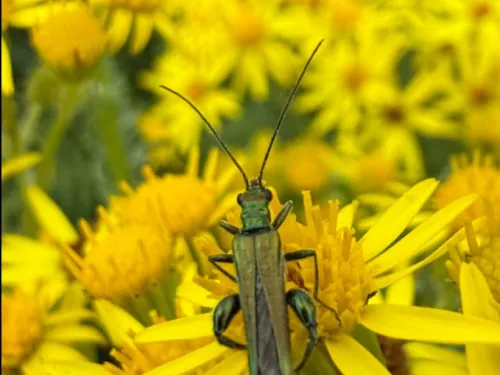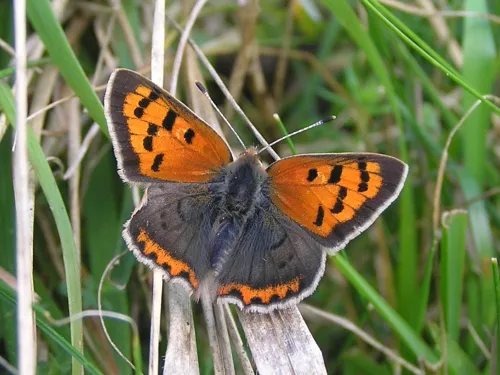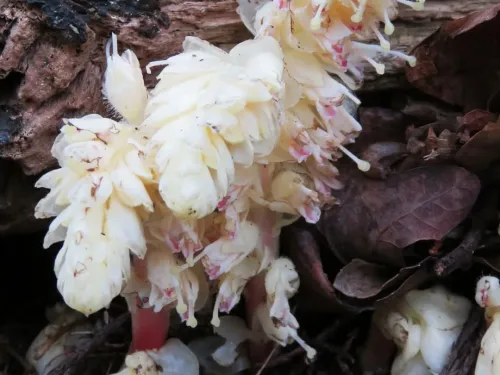
August on Hothfield Heathlands: Tree pipits and ragwort
Pigs and tree pipits have returned to the reserve. Hazel and Beech, the pair of Large Black pigs who in the winter made their mark on the small compartment below the concrete causeway, returned to that fenced-in compartment in mid-July continuing, as Area Manager Ian Rickards says, ‘their quest to snuffle across the site, creating bare ground, rooting up bracken and creating lots of opportunities for our wildlife to capitalise on’.



